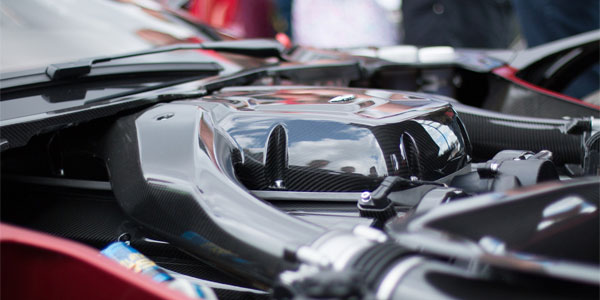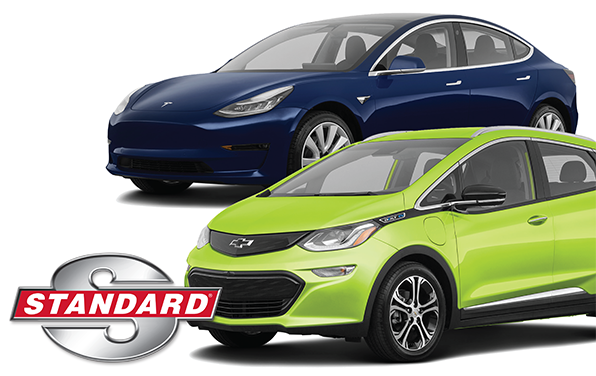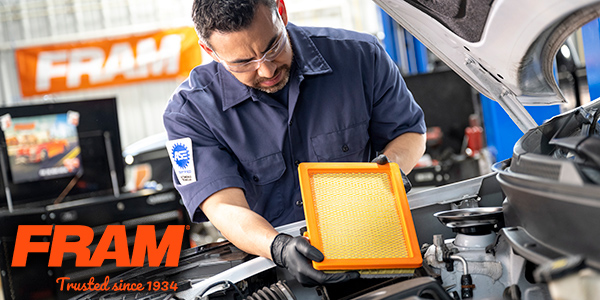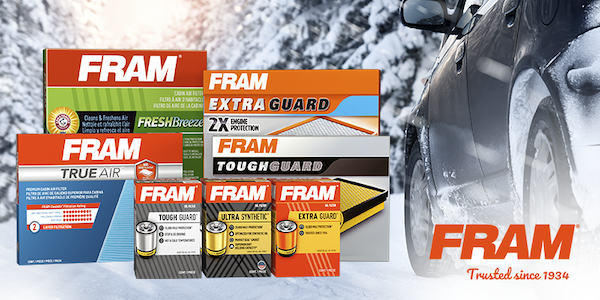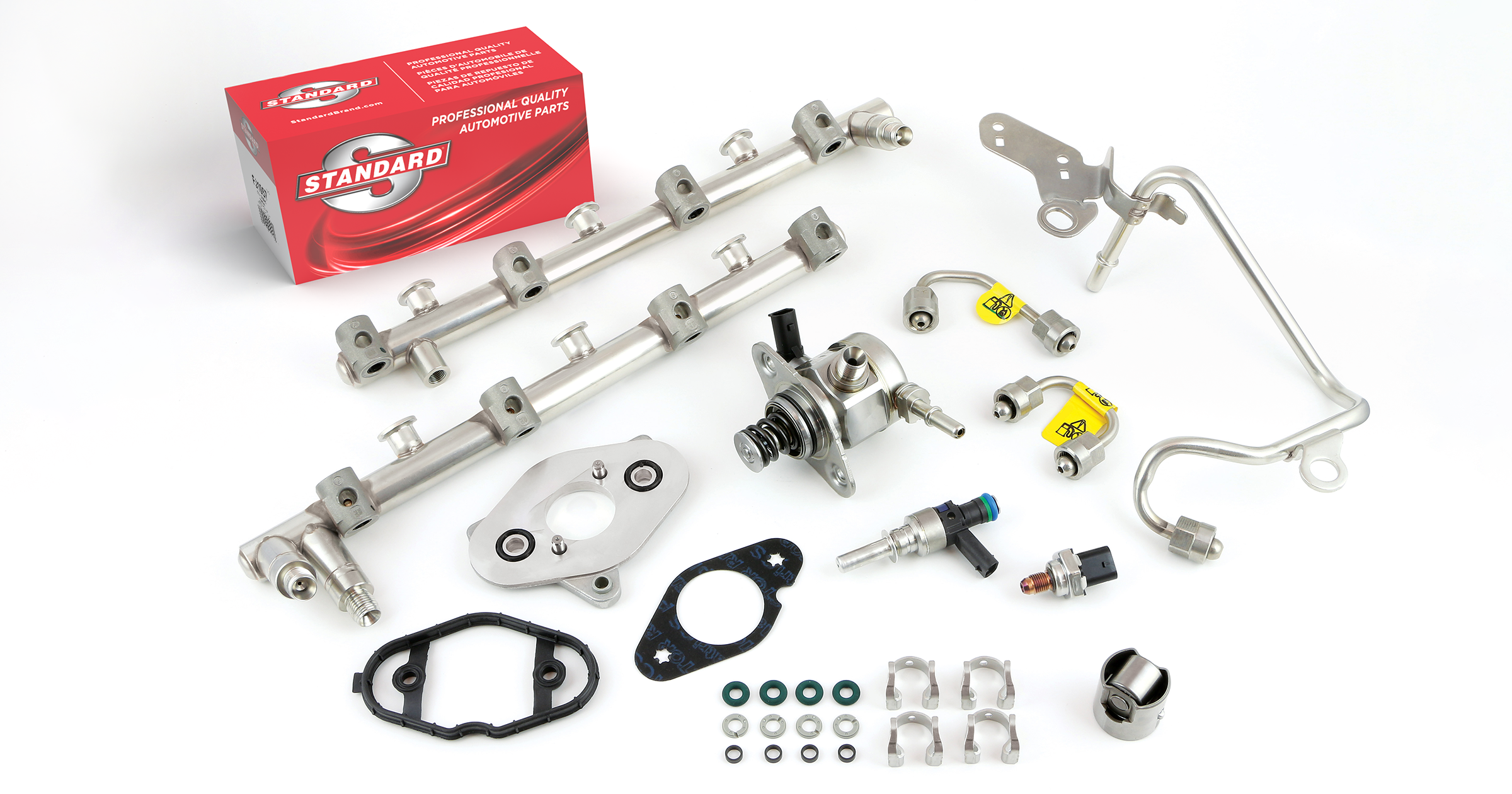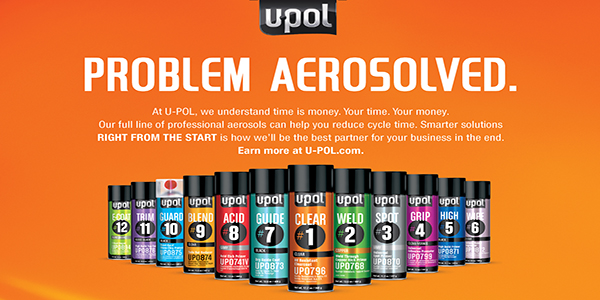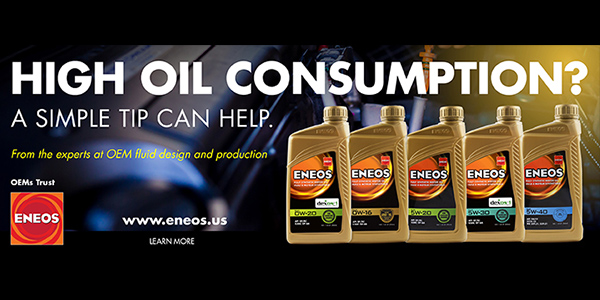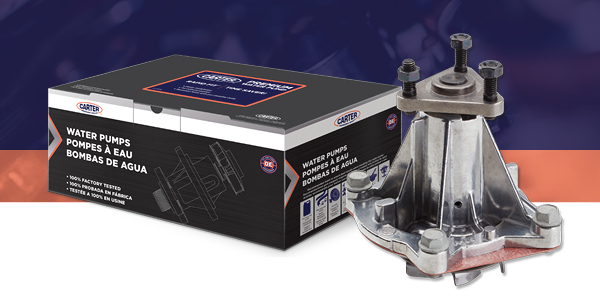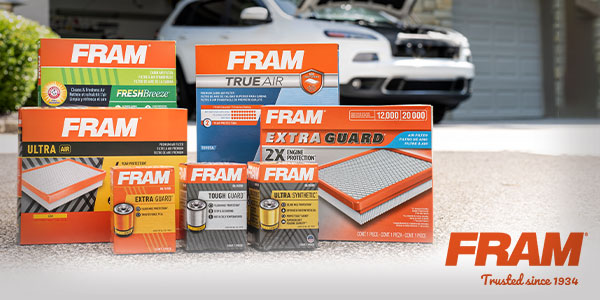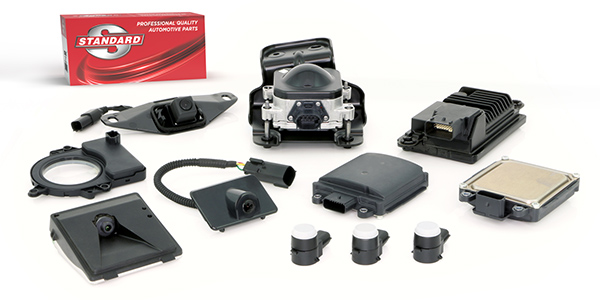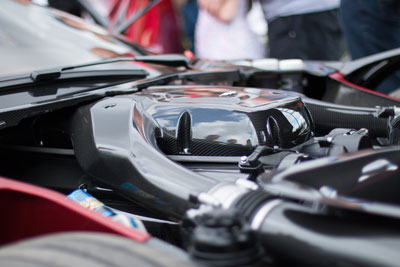
While some additives can be good for the cooling system, there are some additives that are essentially snake oil. A good example would be additives that claim “water-pump lubrication” as a benefit.
What Are Water-Pump Lubrication Additives?
These additives usually contain a water-soluble
oil formula that runs through the entire cooling system, including the water
pump. Manufacturers of water-pump lubricant claim that their products not only
lubricate the water-pump seal but also prevent rust and corrosion.
It seems like a great solution, but there’s one problem: Modern water pumps are
self-lubricating, so it’s unnecessary to add water-pump lubrication additives
to the cooling system.
Modern Water Pumps Can’t Be Lubricated
If your customer is insisting they need a water-pump lubricant, you’ll need to educate them why they don’t. Here’s what you should tell them:
Water-pump design has changed over the years. A modern water pump has a permanently lubricated sealed bearing. There is a seal at the front (pulley side) of the bearing, and two seals at the rear (impeller side) of the bearing. If coolant seeps past the rearmost seal, it will then drain out of the weep hole that sits between the two rear seals.
Coolant can’t actually lubricate the seal immediately at the rear of the bearing, and it can never actually reach the bearing as long as both seals are in good shape. Coolant can only reach the bearing if both seals have completely failed. At that point, the pump needs to be replaced.
Contrary to what water-pump lubricant manufacturers would like your customers to believe, the water pump won’t fail as a result of rust and corrosion. Rather, it will fail from one of the following issues:
- Seal failure due to old age (or an early age if they were poor-quality seals)
- Bearing failure due to old age (or a poor-quality bearing assembly)
- Coolant contamination (due to head-gasket failure)
- Coolant degradation (due to old age)
- Excessive drive-belt tension
In a nutshell, any additives in the coolant will have no practical effect on the life of the water-pump bearing.
A Quality Water Pump Makes All the Difference
Water-pump replacement can average two to three hours – or more – depending on the vehicle’s make and model. That’s why it’s important to explain to your customers that an OE-quality pump with high-quality seals and bearings is worth the investment. While value-brand is OK in the short term, it could be costlier in the long run with risk of premature failure.
This article was sponsored by GMB North America, Inc. For more information, please visit our website at www.gmb.net

